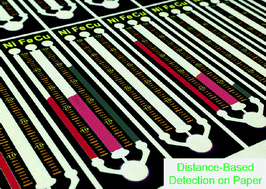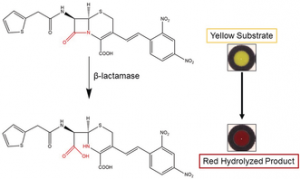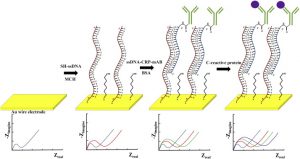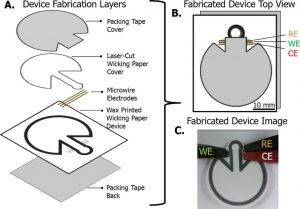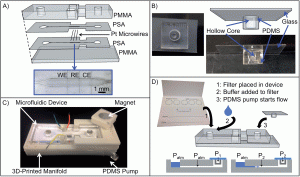Environmental Analysis | Biosensor Development
Lab-on-a-chip / Microfluidic devices | Electrochemical Analysis
Environmental Analysis
A long-running research area within the Henry group focuses on the development of low-cost methods for the analysis of environmental pollutants. Occupational and environmental exposure to pollutants in atmospheric aerosols such as particulate matter is generally poorly understood and can contribute heavily to respiratory conditions such as chronic lung disease and heart attacks. Samples are collected in the field using personal air samplers, then analyzed in the lab using colorimetric, UV-Vis spectroscopy, and electrochemical methods.
Current research in the lab focuses on the development of paper-based analytical devices and classical microfluidic devices with a variety of detection motifs, for the analysis of different heavy metals toxins and particulate matter within aerosol and water samples, in collaboration with Dr. John Volkens (CSU, Department of Mechanical Engineering). Paper-based analytical devices are often used, due to their simplicity, low cost, and applicability to a variety of analytical approaches.
D. M. Cate et al. Lab Chip, 2015, 15, 2808-2818
J. Volckens et al. Indoor Air, 2017; 27: 409–416
Henry Group publications on environmental analysis.
Biosensor Development
A recent focus within the Henry Group is on the development of biosensors for bacteria, virus, and biomarker analysis, often using paper-based analytical devices. The development of cheap, fast, simple analytical sensors for biomarkers is critical for the early detection of infection and conditions, the treatment of diseases within the 3rd world and the identification of specific targets within complex matrices. Analysis is typically carried out using spot tests, colorimetric or electrochemical sensors, in collaboration with Dr. Brian Geiss (CSU, Department of Microbiology, Immunology, and Pathology) and Prof. David Dandy (CSU, Department of Chemical and Biological Engineering).
Current research in the lab focuses on the development of point-of-care (POC) methods for the identification of antimicrobial-resistant bacteria, detection of trace quantities of virus particles, the quantitation of nitrite in saliva, and the electrochemical in vivo imaging of tissue slices.
K. E. Boehle et al., Angew. Chem. Int. Ed.. 2017, 56,1-6
T. Songjaroen et al.,Sens. BioSens., 2016, 8, 14–19
Henry Group publications on biosensors.
Lab-on-a-chip / Microfluidic devices
A more recent research topic in the Henry Group is the development of microfluidic and lab-on-a-chip devices, to enhance and complement other detection motifs. This has primarily focused on microfluidic paper-based analytical devices (μPADs), 3D printed devices, and soft lithography micrometer-sized channels.
These devices are currently being tested with microscale chemical separations via electrophoresis, soft lithographic microfluidic devices for the in vivo electrochemical imaging of tissue slices, flow injection analysis of particulate matter in aerosol samples, paper-based devices for heavy metal analysis, and 3D printed microfluidic devices for bacterial detection.
J. A. Adkins et al, Anal. Chem., 2016, 88 (21), 10639–10647
R. M. Feeny et al. Anal. Methods, 2016, 8, 8266-8271
Henry Group publications on microfluidics and paper-based analytical devices.
Electrochemical Analysis
Many analytical approaches are employed within the Henry Group for different projects, such as colorimetry, electrophoresis, Uv-Vis spectroscopy, SEM and AFM imaging, HPLC, IC, and electrochemistry. Electrochemistry, in particular, underpins several current research topics, due to its fast analysis, and low detection limits, while giving interesting insights into material and interfacial chemistries.
Specifically, current projects around electrochemical detection involve the development of thermoplastic composite electrodes (TPEs), boron-doped diamond paste electrodes (BDDPE), and modified microwires for the detection of relevant environmental and biological species through voltammetric, pulsed, and impedance techniques.
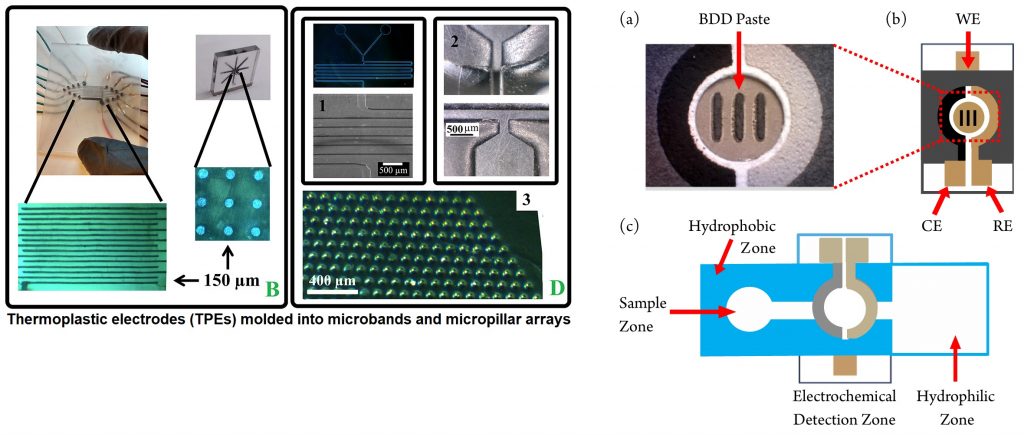
K. Klunder et al, J. Am. Chem. Soc., 2017, 139 (36), 12623–12631
S. Nantaphol et al, Anal. Chem., 2017, 89 (7), 4100–4107
Henry Group publications on electrochemistry and capillary electrophoresis.

